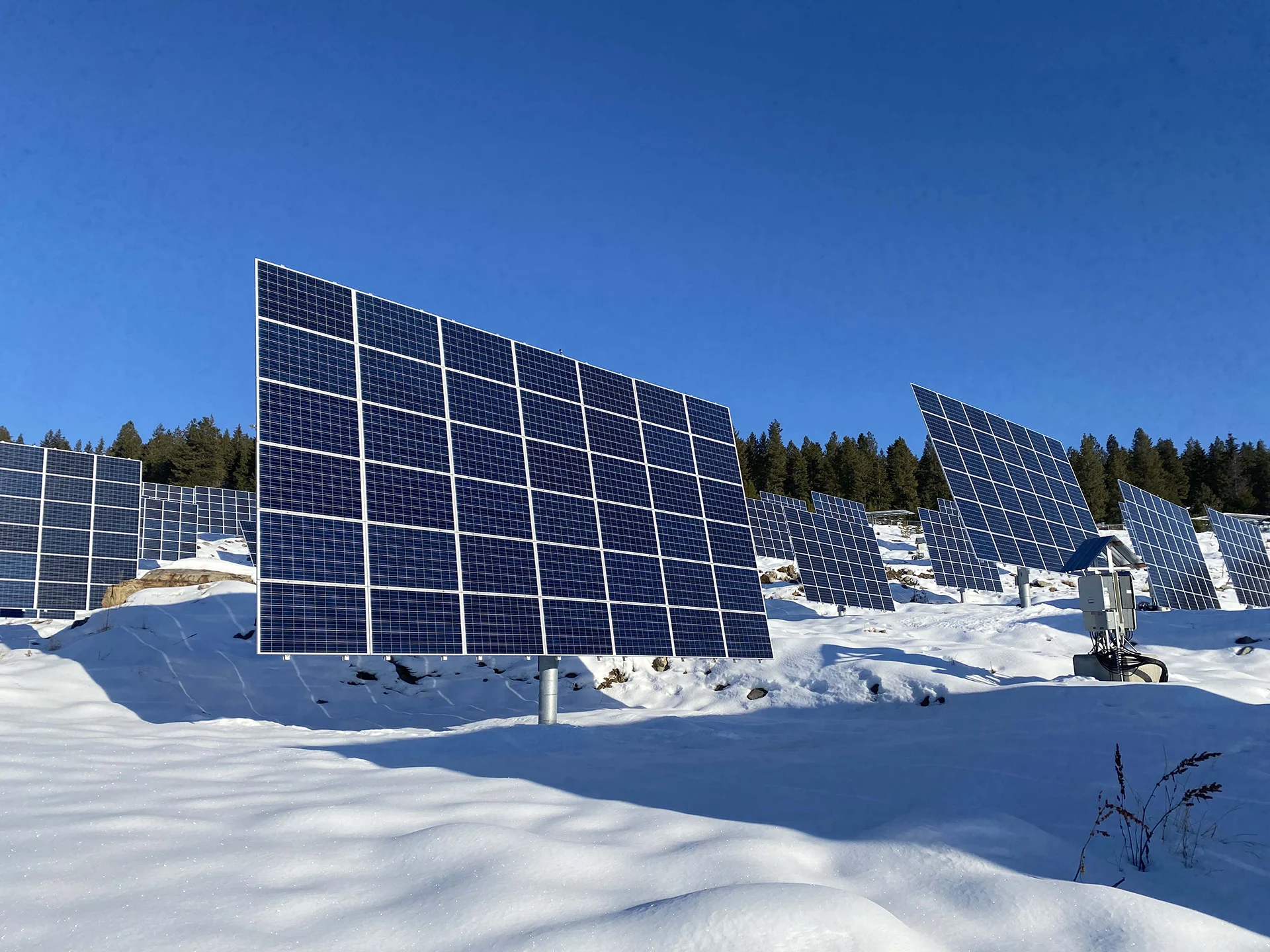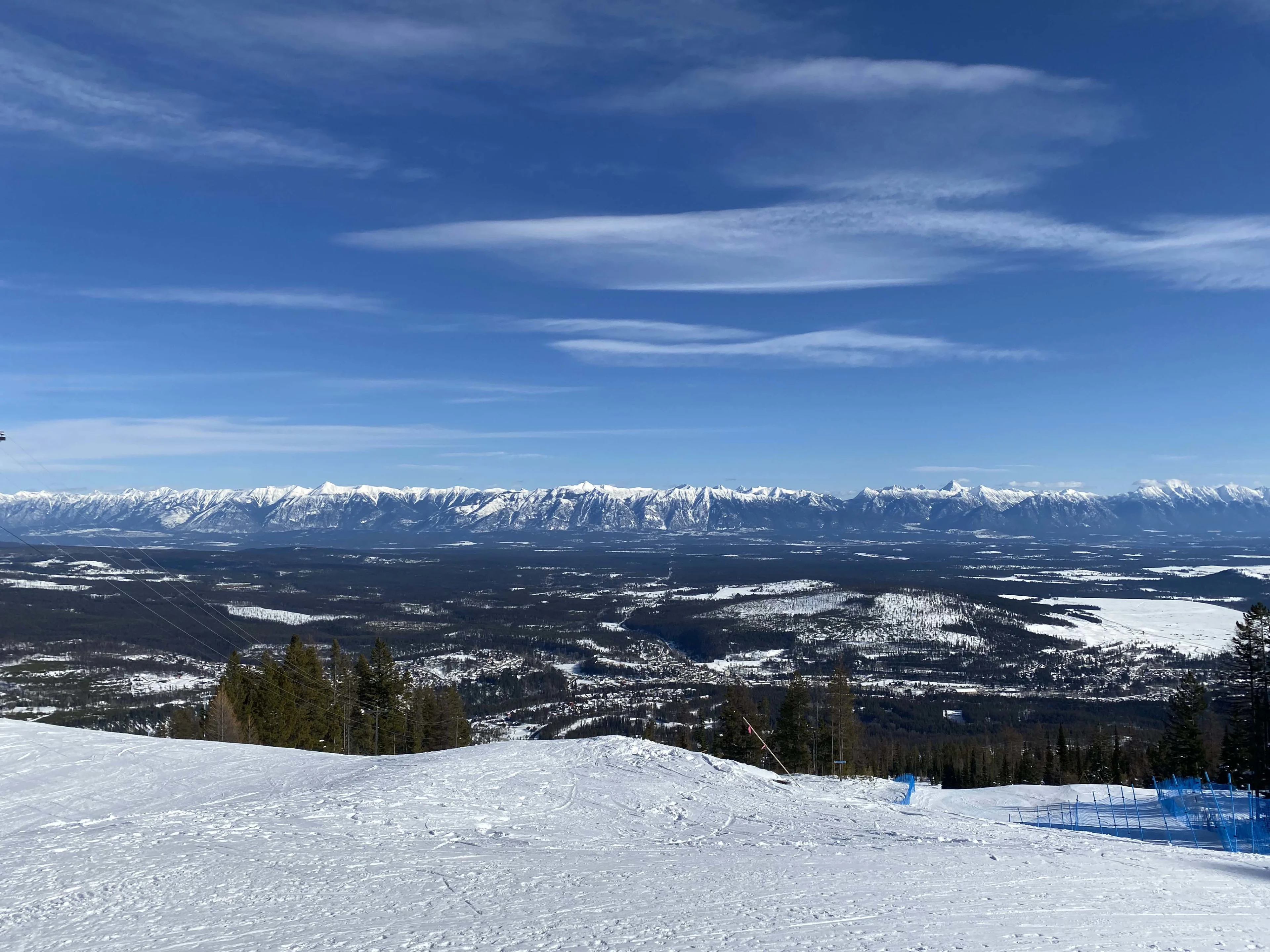
This former mining town is a solar-powered highlight on the ‘Powder Highway’
The ski town of Kimberley is one of the sunniest places in British Columbia, which is why they converted a former mine into a ‘sun mine.’
Kimberley, B.C., is known as a hidden gem on the “Powder Highway” — B.C.’s renowned route through numerous mountain ski resorts — and the town of around 8,000 people was even voted as the province’s best small town in a recent CBC poll.
Its location in the Purcell Mountain Range affords 360-degree mountain views and excellent skiing conditions, with locals describing the hill as the “heartbeat of the town” in one of the sunniest places in all of B.C.
All that sunshine makes it a perfect place for those skiers who love bluebird conditions: clear blue skies and fresh powder, which can last until 3 p.m. on some days. It also makes it the perfect place for something else: solar panels.
“That is the Kimberley SunMine,” Kimberley Alpine Resort business development manager Rob Duncan told The Weather Network as he pointed down at some small dots further down the slope from the top of the mountain.
It’s a joint venture between the City of Kimberley, Teck Resources Limited, and EcoSmart. Construction started in 2014, with the solar panels up and running by June 2015. The SunMine is made up of 96 solar panels and 4,000 solar cell modules, making it the largest solar farm in B.C.
But why the “SunMine” you might ask?

The view from up high in Kimberley, B.C. (Mia Gordon)
Before this land was turned into an innovative renewable energy source, it was actually quite the opposite. It used to be one of the largest mines in Canada.
“The Sullivan mine was discovered in 1892. It ran for 100 years and it was the largest lead and zinc producer in the world at one time. So you can imagine, for a small town like Kimberley, that puts you on the map,” Marie Stang, administrator of the Kimberley Heritage Museum, told The Weather Network.
At its peak, the mine employed around 1,000 people a year and created a booming town. In order to attract workers the Consolidated Mining and Smelting Company created several amenities including a dairy, department store, and several different recreation halls complete with swimming pools, bowling alleys, and tennis courts.
Watch below: How a warming world could impact skiing along B.C.'s 'Powder Highway'
In 1990, it was confirmed that the Sullivan Mine would cease operations and in 2001 it officially shut down. The town was left with “contaminated” mine land that just so happened to be on a south facing slope in a place that sees 300 days of sunshine annually. In 2008, the EcoSmart Foundation introduced the idea of a solar farm and 76 per cent of Kimberley voters were in favour of the project in 2011.
“Kimberley is an innovative town and as these technologies are becoming more prevalent, Kimberley as a community decided to pursue construction of this facility,” Ryan Peterson, the senior supervisor of maintenance and projects with Teck Resources Limited, told The Weather Network as he led us through the panels — watching them in action as they move to follow the sun.
He says the SunMine would actually become the first solar project in B.C. to sell power to the B.C. Hydro grid. Enough energy to power somewhere between 250 to 275 homes, but Teck — which bought the project from the town — is exploring the idea of expansion and says there is enough land in the area to produce 200 megawatts in the future. That would be enough energy to power all of Kimberley.
Peterson is hopeful that this project will be an inspiration across the globe.
“As mines are closing there is always the need to look for what the end land use should be and look for great alternative uses and this is an example of great use of a former mine land,” he said.
As it turns out, this project is already inspiring local residents in Kimberley. At the museum, Stang explained how solar panels are becoming more popular.
Read More: Will B.C.’s famed ‘Powder Highway’ survive in a warming world?
“If you drive around town you would see that even people that have bought houses and done renos, a lot of them have solar panels. Someone else is doing it on a big scale so it must be worthwhile,” she said.
If the ski resort has replaced the mine as the heartbeat of the town, residents like Rob Duncanare hope the innovation around renewables will help reduce carbon emissions and make sure that heart can beat for generations to come.
“There is a big awareness of lowering the carbon footprint and Kimberley is a leader in that,” he said, adding they are always looking for ways to make it better.
Thumbnail image: Solar panels at the SunMine in Kimberley, B.C. (Mia Gordon)












